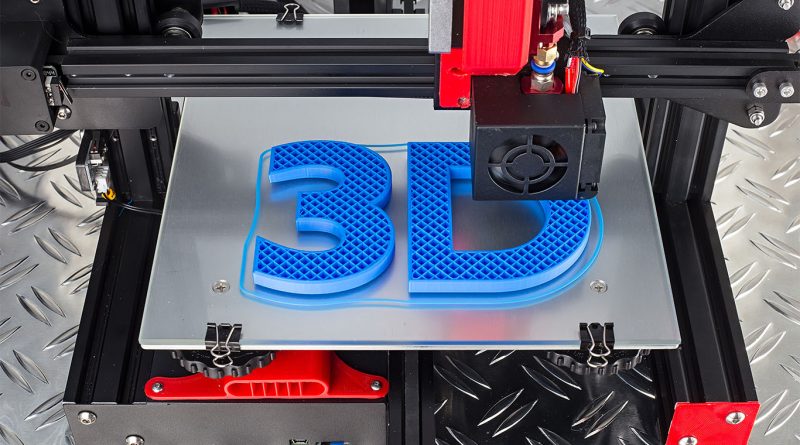The Future of Naval Power: 3D-Printed Propulsion
The integration of additive manufacturing into naval operations marks a pivotal shift towards more innovative, resilient, and efficient military capabilities. This evolution is epitomized by Lincoln Electric’s recent partnership with Bechtel Plant Machinery, Inc. (BPMI) to produce large metal propulsion parts for the US Navy, showcasing a leap in technological advancement and strategic application.
Navigating the Technological Tides: Lincoln Electric’s Approach to Innovation
Lincoln Electric’s venture into producing large-scale metal parts for naval propulsion using additive manufacturing is not just a testament to technological capability but also a strategic move in innovation management. By leveraging wire-based 3D metal printing, Lincoln Electric addresses critical challenges such as speed, scale, and material use efficiency.
The strategic implications of Lincoln Electric’s additive manufacturing project extend beyond the realm of technological advancement, touching on national security and defense preparedness. This initiative is a direct response to the growing need for faster, more flexible, and efficient production capabilities within the defense sector. By reducing reliance on traditional manufacturing supply chains, which can be slow and vulnerable to disruptions, additive manufacturing presents a compelling alternative for producing mission-critical components.
Charting the Future: Additive Manufacturing’s Role in Naval Evolution
Additive manufacturing, or 3D printing, has transitioned from a novel concept to a core component of military logistics and operations. The technology’s ability to produce parts on-demand directly on ships, such as the USS Bataan, equipped with the Phillips Additive Hybrid powered by Haas, underscores its operational value. The Naval Surface Warfare Center Panama City Division’s acquisition of an EOS M290 3D printer further exemplifies the Navy’s commitment to harnessing this technology for warfighting dominance.
Lincoln Electric’s project with the US Navy represents a significant milestone in the adoption of additive manufacturing within naval operations. However, it also signals the beginning of a broader shift towards more innovative manufacturing approaches across the defense sector.
Challenges and Solutions in Naval Additive Manufacturing
Despite its promise, scaling additive manufacturing for critical naval components presents several challenges, including material certification, process standardization, and quality assurance. These hurdles stem from the inherent risks associated with introducing newly manufactured parts into operationally critical settings. Efforts to overcome these challenges involve rigorous testing, standardization of materials and processes, and close collaboration between the Navy, manufacturers, and research institutions. Notably, initiatives like the collaboration between Newport News Shipbuilding and AMMCON Corp. to design and print a copper-nickel deck drain for Virginia-class submarines exemplify the practical solutions being developed.
Future Implications and the Path Forward
The strategic integration of additive manufacturing into naval operations has far-reaching implications. Beyond enhancing supply chain resilience and operational efficiency, it paves the way for a future where naval readiness is significantly improved through rapid, on-site production capabilities. As the technology matures, its application is expected to expand to more complex and critical components, potentially revolutionizing naval engineering and logistics.
In the pursuit of these advancements, continued research, development, and collaboration across the defense sector are essential. The drive towards certifying more materials for 3D printing, developing standardized processes, and ensuring the reliability of printed parts will remain central to these efforts. With each step forward, the Navy, together with its industrial partners, reinforces its commitment to maintaining technological superiority on the global stage.
Sources:
